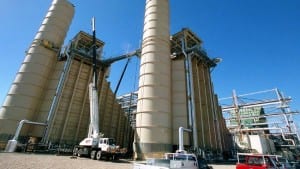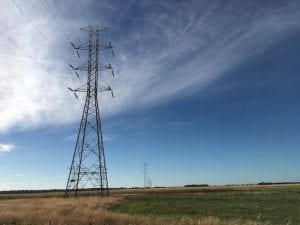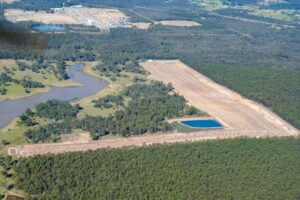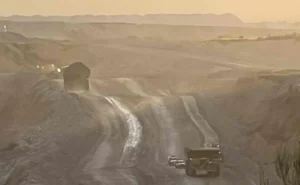The Australian Energy Regulator has approved a request from the energy market operator to ‘trigger’ the Retailer Reliability Obligation for the first time, as market regulators act to fill a forecast supply gap following left by the closure of the Liddell power station in 2024.
In its most recent Electricity Statement of Opportunities report, the Australian Energy Market Operator (AEMO) said that it had identified a predicted capacity shortfall of 154MW in New South Wales in early 2024, and had issued a request to activate the Retailer Reliability Obligation (RRO), which will require electricity retailers to ensure they have sufficient contractual arrangements in place to maintain reliable supplies of electricity.
It is the first time the RRO has been triggered on the basis of an identified supply shortfall by AEMO, following an earlier ‘trigger’ in South Australia in January, which was made in response to a direct request from the South Australian energy minister who has powers to unilaterally request activation of the obligation..
The Australian Energy Regulator (AER) approved the RRO trigger, which has been issued three years ahead of the forecast supply shortfall to provide retailers sufficient warning of the need to secure the necessary contracts. The AER granted the approval on Wednesday, which will apply to January and February 2024, for a window between 3 pm and 8 pm on each day, when demand for electricity is expected to be highest, and output for solar power is expected to be dropping off.
“Triggering the RRO then signals that liable entities in New South Wales should make prudent contracting decisions, taking in to account the potential risk identified in the reliability forecast and reliability instrument to purchase appropriate levels of electricity market contracts to cover their share of customer demand,” the AER said in an announcement.
It is the first time the Retailer Reliability Obligation has been triggered, since being introduced in mid-2019 as part of a package of reforms undertaken by the COAG Energy Council. The obligation was originally conceived as one half of the National Energy Guarantee, the answer to energy and emissions reduction policy devised under the former Turnbull government.
The reliability obligation was to be paired with an ’emissions guarantee’, which would have placed a similar obligation on retailers to enter into contracts with lower emissions electricity supplies. However, the emissions component was scuttled by a backbench revolt within the Liberal-National coalition that ultimately led to the end of Malcolm Turnbull’s prime ministership.
Retailers can satisfy the RRO by securing a range of contracts, involving both financial hedging contracts that protect customers from any potential spikes in electricity prices, through to contracts for the direct supply of electricity from generators through power purchase agreements.
Under the scheme, contracts are weighted by their level of ‘firmness’, with contracts with dispatchable generators given a greater weighting than those from variable supplies of electricity and financial contracts. To support smaller electricity retailers meet the obligation, large gentailers Snowy Hydro, AGL and Origin Energy are required to offer contracts for the supply of electricity through a ‘Market Liquidity Obligation’, preventing the large electricity companies from concerning the market for complying contracts.
The Morrison government has threatened to directly intervene in the electricity market to fill the potential supply shortfall by using the government-owned Snowy Hydro to build a new gas-fired generator in the Hunter region. Morrison has claimed that up to 250MW of new capacity is needed, and as given the market a deadline of April 2021 to commit to building new generation capacity, otherwise the federal government will intervene.
The proposed Kurri Kurri gas-fired generator, which could be as large as 750MW, and was granted ‘critical infrastructure status’ by the NSW government, which will see the project fast-tracked through the planning approvals process.
Questions have been raised around Snowy Hydro’s ability to build the new plant, without an injection of new funds from the federal government, as well as questions around the need for the federal government to make such an intervention in the market, when the NSW government has sought to drive substantial new investment in wind, solar and storage projects under its own electricity infrastructure strategy.










